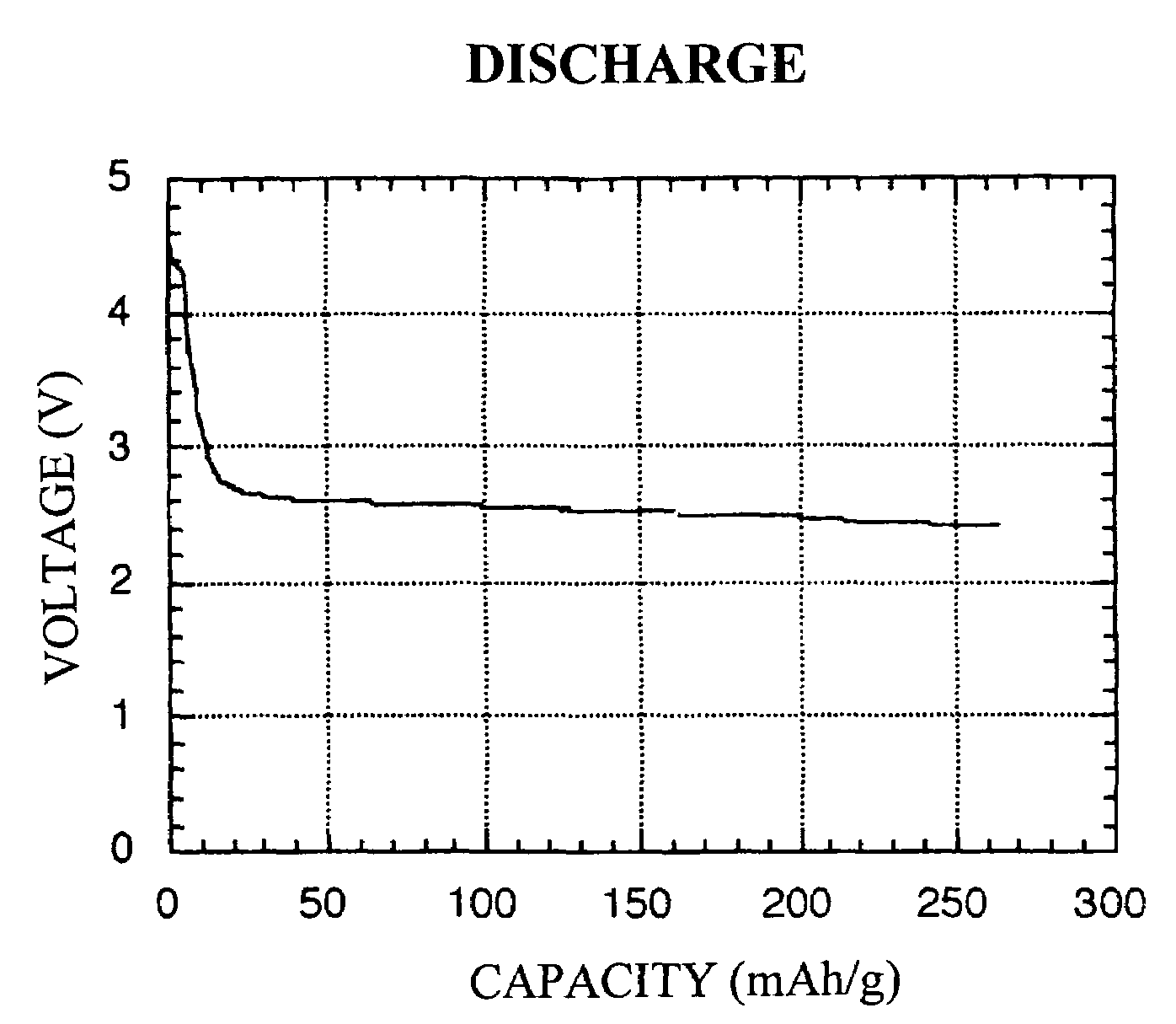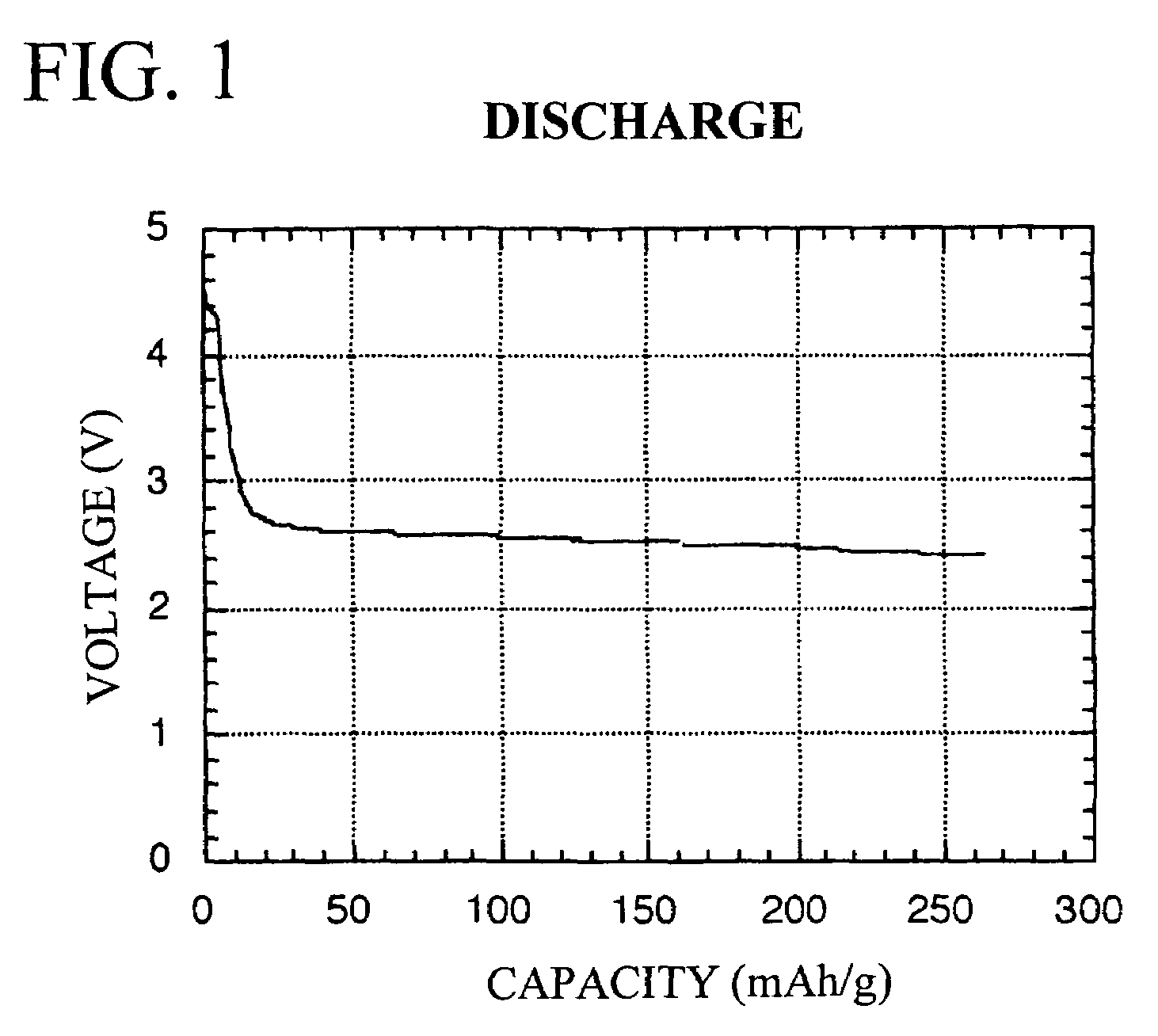Redox-active polymer and electrode comprising the same
a redox-active polymer and electrode technology, applied in the field of redox-active polymers and electrodes, can solve the problems of low redox reaction rate, high energy density lithium secondary buttery, and increase in weight and cost, and achieve high response rate, high write/read rate, and high color/decoloring.
- Summary
- Abstract
- Description
- Claims
- Application Information
AI Technical Summary
Benefits of technology
Problems solved by technology
Method used
Image
Examples
example 1
[0050](1) Synthesis of N,N′-1,4-phenylene-bis-thiourea-S,S′-benzyl ether represented by the following reaction formula:
[0051]
[0052]230 mg of N,N′-1,4-phenylene-bis-thiourea was dissolved in a mixed solution of 4 ml of NMP and 4 ml of EtOH, and then 270 mg of benzyl chloride was dropped in the obtained solution. This solution was refluxed for 30 minutes. The reacted solution was cooled down to room temperature, and then added with an alkaline solution comprising 10 ml of distilled water and 80 mg of NaOH dissolved therein. 40 ml of ether was further added thereto, and the formed ether layer was extracted. The extracted ether solution was added with 150 mg of anhydrous magnesium sulfate, and stirred for 2 hours. Then, the ether solution was filtered, and the obtained filtrate was evaporated. In this way, 400 mg of N,N′-1,4-phenylene-bis-thiourea-S,S′-benzyl ether was obtained.
[0053](2) Synthesis of S-benzylized poly (phenyl-2,4-dithiobiuret) as represented by the following reaction fo...
PUM
| Property | Measurement | Unit |
|---|---|---|
| Temperature | aaaaa | aaaaa |
Abstract
Description
Claims
Application Information
 Login to View More
Login to View More - R&D
- Intellectual Property
- Life Sciences
- Materials
- Tech Scout
- Unparalleled Data Quality
- Higher Quality Content
- 60% Fewer Hallucinations
Browse by: Latest US Patents, China's latest patents, Technical Efficacy Thesaurus, Application Domain, Technology Topic, Popular Technical Reports.
© 2025 PatSnap. All rights reserved.Legal|Privacy policy|Modern Slavery Act Transparency Statement|Sitemap|About US| Contact US: help@patsnap.com



